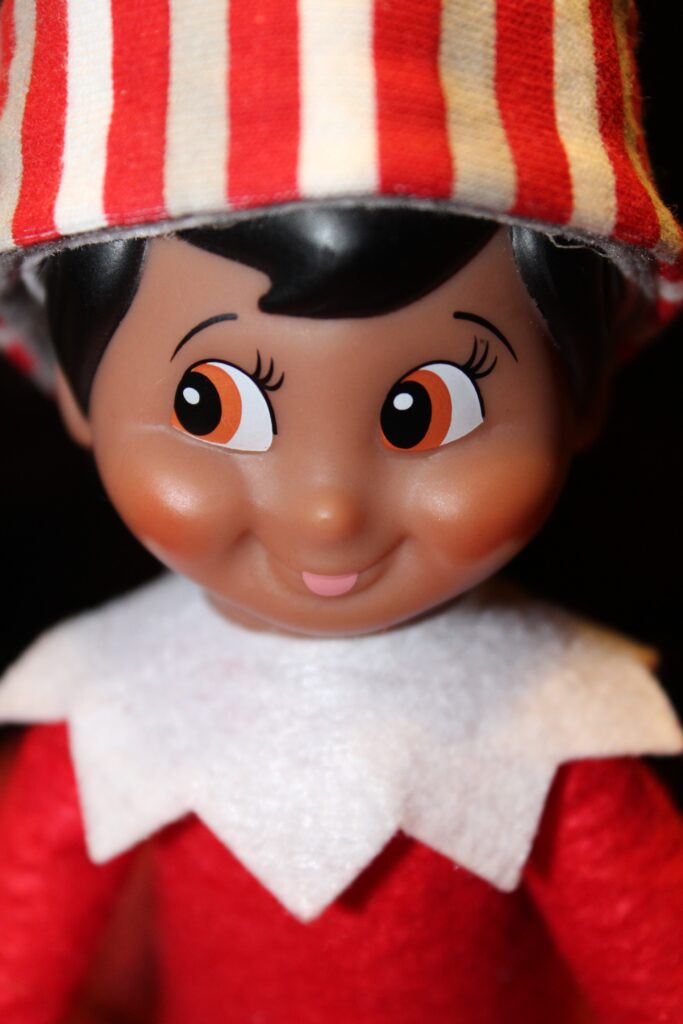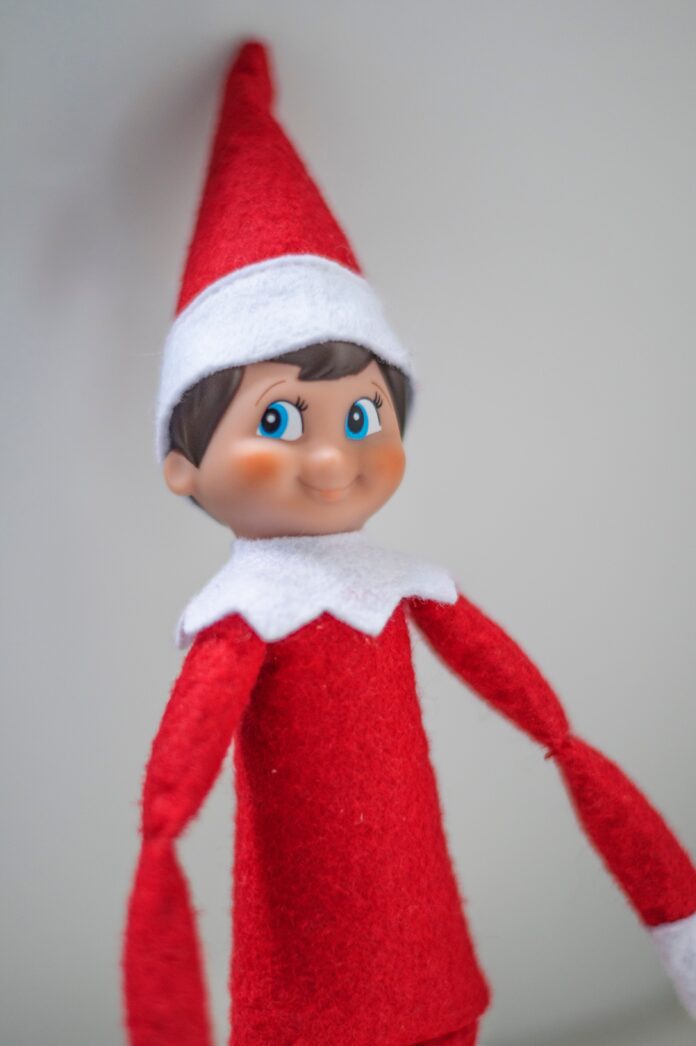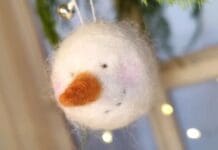Santa’s little helper is a seasonal favourite, but parents should think twice about the messages he’s sending to young children. Former primary school teacher, Emma Shingleton of education resource experts PlanBee is here to help
Who doesn’t love Elf on the Shelf? The mischievous little fellow who encourages good behavior as Christmas excitement reaches fever pitch: the elves report back to Santa each night on whether children have been naughty or nice.
Your children may ‘behave’ while Santa’s elf is keeping an eye on them, especially as it will result in presents as a reward for good behaviour. But what happens when your elf returns to Santa’s workshop and is no longer keeping a beady eye on what your child is up to?

Typically, we often find smaller, more manageable goals easier to achieve. The same goes for children; asking them to be ‘good’ every moment of every day in December can feel overwhelming. Do we really want our children thinking they’re being watched every moment of the day by these festive home invaders! Could the expectation be setting some children up to fail? If children don’t succeed, parents may even feel they need to follow through with sanctions such as removing presents.
Parents can be forgiven for wanting children to be excited in the run up to Christmas, creating little scenes in which elves get up to mischief. Youngsters across the country wake up to find their cheeky little elf has been up to no good, delving into the biscuit jar (strictly forbidden!), leaving a crumbly mess, or rolling down the stairs encased in a wayward roll of toilet paper. But are these naughty elves sending the right message? Or are they encouraging the exact kinds of behaviour parents are actually wanting to avoid?
Of course, I’m not suggesting parents scrap the tradition all together – where’s the fun in that? Instead, we have come up with some alternative ways to enjoy the popular tradition – by modelling behaviour you would like to see and supporting children to make good choices.
Instead of a naughty elf, what about a helpful elf? Explain to your children that Santa’s elf has been sent to homes to help them in the run-up to Christmas. They love to see children spreading kindness and joy, and then make the journey back to the North Pole each night to tell Santa all the lovely things children have been up to. Try to focus on positive behaviour instead of negative and allow children space to make better choices.

As any teacher will tell you, more than anything else children love becoming the teacher themselves. Perhaps your elf visitor needs to be taught how to do some helpful jobs around the house; the children could teach them, or even learn alongside their elf companion. The elf could be seen making funny mistakes around the home, which children need to help them correct. Maybe he can’t reach the soap to wash his hands and needs to be shown how to do it correctly.
Why not steer your elf away from naughty antics and focus on helpful gestures instead? Get the elves to model the behaviour you want to see, rather than the behaviour you are trying to discourage.
Elves could be seen:
● brushing their teeth
● taking a bath
● doing the washing up
● making friends with toys and having a tea party
● putting decorations on the christmas tree
● watering the plants
● reading a story to other toys and teddies
● making the bed
● tidying toys
● getting dressed
● giving something away
● helping to fill a shoebox to send to a child in need
● helping toys cross the hallway
● Choosing some toys/clothes to give to charity
The possibilities are endless, and encourage children to choose to do good because they want to, and not because they will get a reward at the end.
Check out our free 25 Days of Elf on the Shelf Ideas here!

| [donate]
| Help keep news FREE for our readersSupporting your local community newspaper/online news outlet is crucial now more than ever. If you believe in independent journalism,then consider making a valuable contribution by making a one-time or monthly donation. We operate in rural areas where providing unbiased news can be challenging. |



















